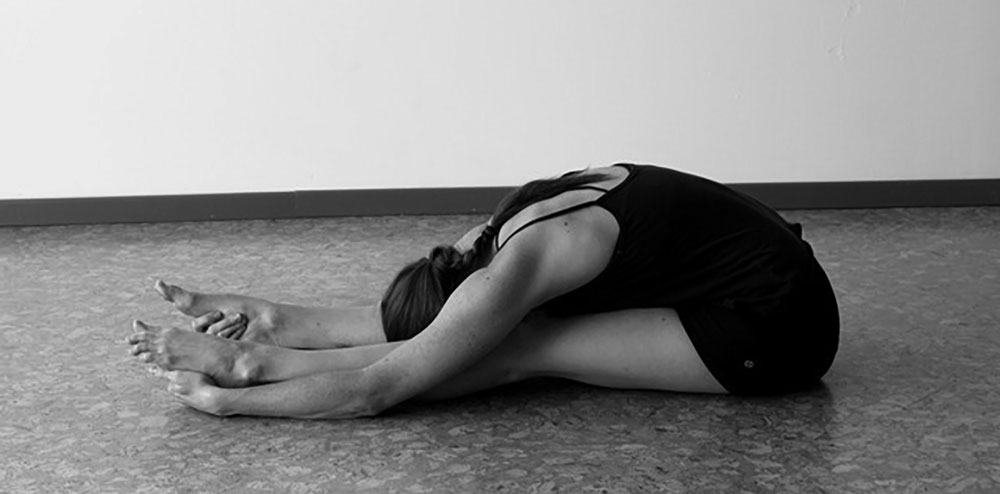Slow down and strengthen up with yin yoga

Whether you’re a couch potato, a gym rat or a yogi, it may be time to start sprinkling in yin. Even if you stretch your muscles regularly, just once-weekly yin practice helps you go deeper, targeting joint structures, ligamental tissue, meridians and chakras.
“All of us, no matter fitness level, retain tension in our fascia; it is the dumping place for all of our emotion and psychological stress,” said Christina Waltner, who trained under famed yin expert Paul Grilley.
Yin yoga asks us to stay in passive poses for five minutes or longer, releasing tension and shape.
“You’ll be holding poses for way longer than any other style of yoga,” Waltner said. “You may think it’s going to be an easy class, [but will soon be] realizing it’s the hardest thing you’ve ever done.”
These long holds are worth it. They can help heal one of our society’s most prominent issues: the spinning, stressed mind.
“In such a loud, fast, demanding world, it is difficult to create a mindfulness habit until you learn to do it in a quiet, slow, undemanding environment,” Heather Ash, a yin instructor at Breathing Room Yoga in Cedar Rapids, said. “It is a great practice for escaping the habit of mindless reactivity.”
The slow-paced style is also purported to heal the energetic body.
“Yin draws inspiration from Chinese medicine, which focuses on energy lines called meridians,” Waltner explained. “When we release tension, the subtle effect is that energy can more easily transfer. If you stretch the inner line of your leg up to your liver, you not only stretch your inner thigh, but you free the liver meridian line.”
If you’re ready for your own yin experience, Ash has some helpful tips.
“First off, never be in pain in a pose,” she said. “Learn the difference between discomfort and pain. Discomfort can be intense, especially because of the mind’s tendency to ‘pile on.’ Intensity is an object that we can work with.”
Yin helps you ride the line between discomfort and pain with the use of props such as blankets, bolsters and blocks. These tools support the body so it can totally relax. Props also help personalize the pose.
“Please remember that how you feel in your body is the only important thing,” Ash added. “How you look in a pose, how your pose compares to the teacher’s or other students’ or even how you looked in it a year ago or a week ago is not important. Bring yourself fully into the present breath by breath, pose by pose. This is how you find union between your body and mind, yourself and the universal collective. ‘To yoke’: that’s yoga at it’s core.”
Linsey Birusingh, 500 RYT, leads retreats and adventures through her company, Yoga Thrill Adventures. She also teaches at Power Life Yoga and guides trauma-sensitive yoga for women around Des Moines. Off the mat, she is a journalist, TV host, traveler, adventurer, mother and wife. This article was originally published in YogaIowa’s Fall 2017 issue.


